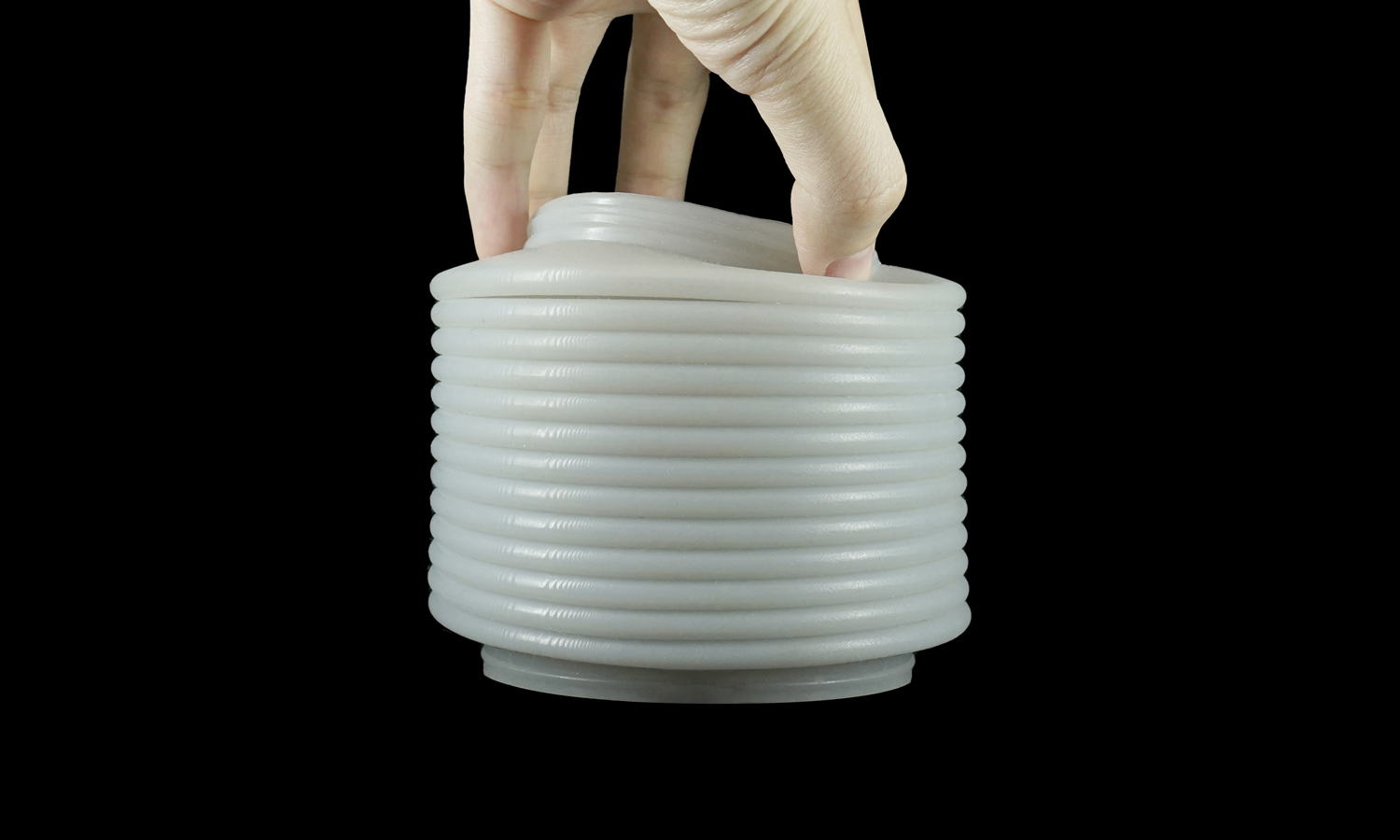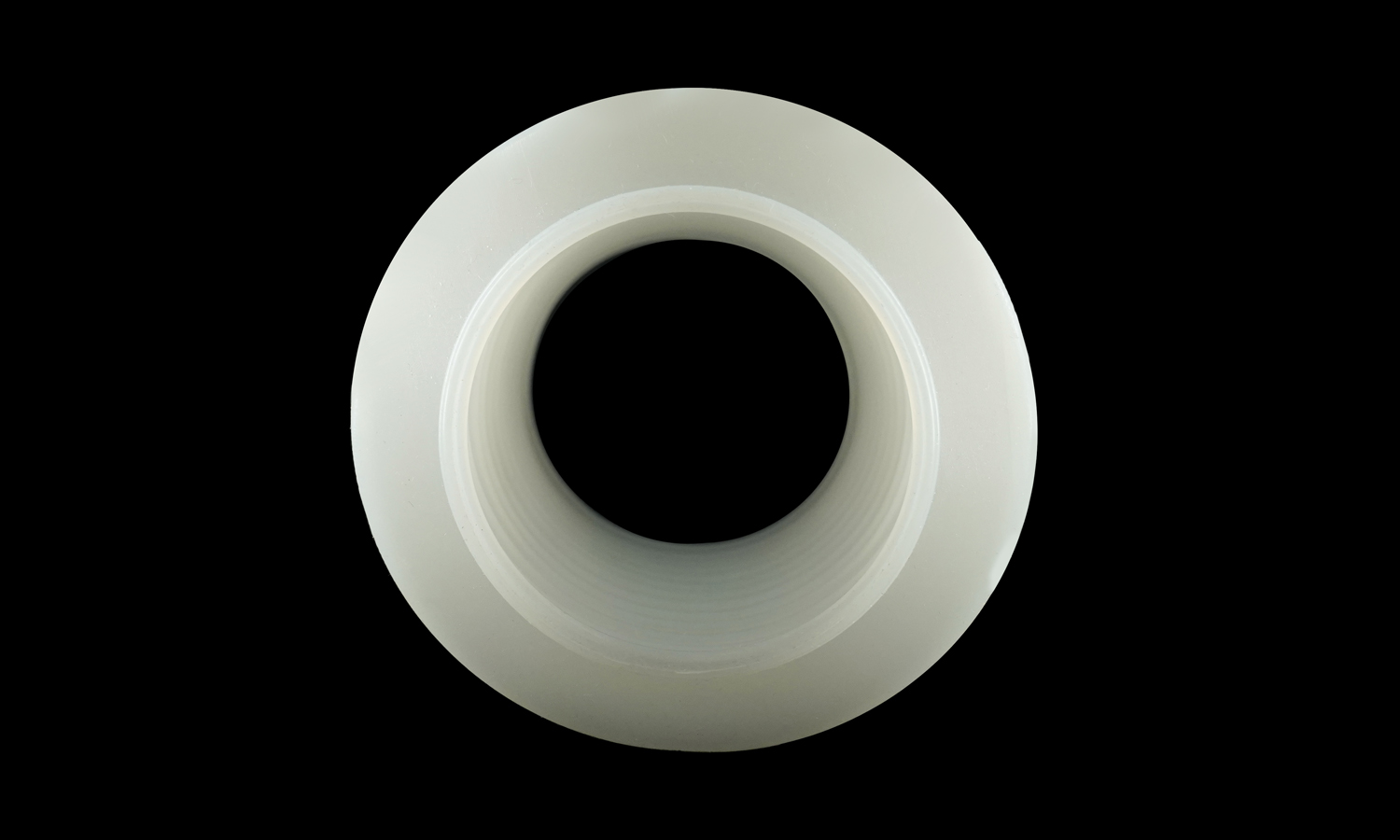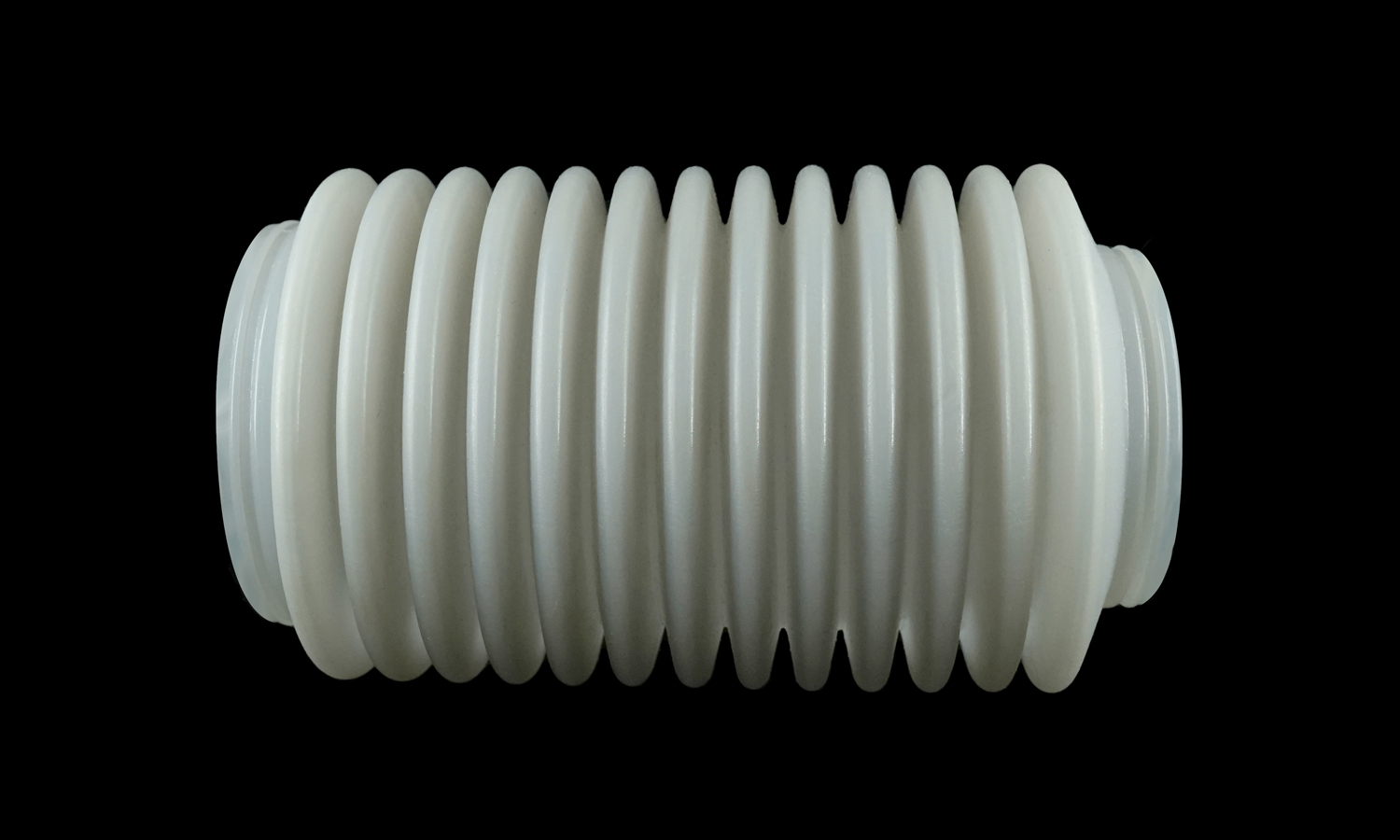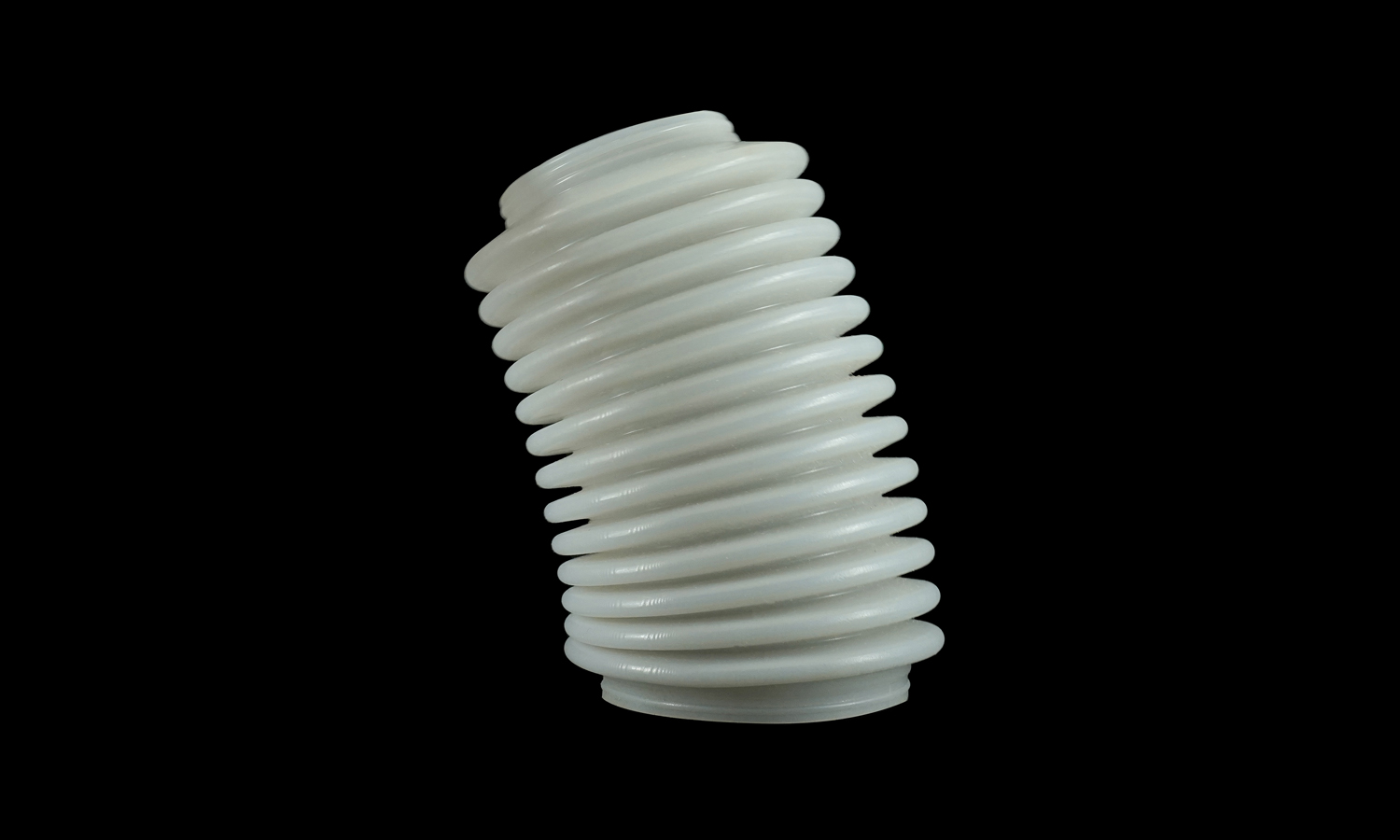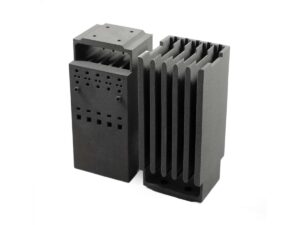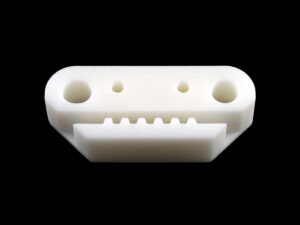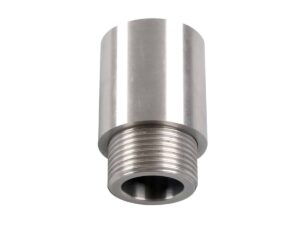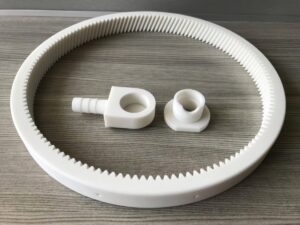- Compression Molding Polyurethane Square Pad with Holes
- Injection Molded Polyurethane Gear Coupler with Vertical Ridge Design
Material Plastic
Quantity 28 pcs
Price Range $100-1,000
Lead Time 3 workdays
Gallery
About Project
Flexible convoluted tubing and bellow hoses are essential components in various industries, from automotive and medical to robotics and fluid handling. Their unique design, featuring a series of evenly spaced, accordion-like ridges, allows for expansion, contraction, and bending without kinking, making them ideal for applications requiring flexibility and movement. But how are these versatile components made? The answer lies in a process called extrusion.
Understanding Extrusion
Extrusion is a manufacturing process where a molten material is forced through a die of the desired cross-section. Imagine squeezing toothpaste out of a tube – that’s a basic analogy for extrusion. In the case of flexible tubing, polyurethane, known for its excellent flexibility, abrasion resistance, and tear strength, is the material of choice. The polyurethane is heated until it melts and becomes pliable. This molten polyurethane is then pushed through a die specifically shaped to create the convoluted or bellowed profile. As the material exits the die, it cools and solidifies, retaining the desired shape. The result is a continuous length of flexible convoluted tubing that can be cut to the required size.
The Advantages of Polyurethane for Flexible Tubing
Polyurethane offers several key advantages for applications requiring flexible hoses and bellows:
- Excellent Flexibility: Polyurethane elastomers can be formulated to achieve a wide range of flexibility, allowing for repeated bending and flexing without fatigue.
- Abrasion Resistance: Polyurethane is highly resistant to abrasion, making it suitable for applications where the tubing may be subject to wear and tear.
- Tear Strength: Polyurethane possesses good tear strength, reducing the risk of punctures and failures.
- Chemical Resistance: Polyurethane can be formulated to resist a variety of chemicals, making it suitable for diverse environments.
- Durability: Polyurethane is a durable material that can withstand harsh conditions and maintain its flexibility over time.
Applications of Flexible Convoluted Tubing and Bellow Hoses
The unique properties of flexible convoluted tubing and bellow hoses make them indispensable in a wide range of applications:
- Automotive: Used in fluid transfer lines, vacuum hoses, and protective sleeving.
- Medical: Employed in respiratory equipment, drug delivery systems, and surgical instruments.
- Robotics: Used for cable management and flexible connections in robotic arms.
- Industrial: Found in pneumatic and hydraulic systems, as well as for general fluid transfer.
- Consumer Products: Used in appliances, garden hoses, and other flexible connections.
FacFox: Your Partner for Polyurethane Extrusion Forming Services
Need custom flexible convoluted tubing or bellow hoses for your specific application? FacFox offers high-quality polyurethane extrusion forming services tailored to your exact requirements. With our expertise and state-of-the-art equipment, we can produce custom tubing in a variety of sizes, shapes, and durometers to meet your performance needs. Contact us today to discuss your project and discover how FacFox can provide the perfect flexible solution for you.
Solution
- Step 1: Polyurethane Resin Preparation. Raw polyurethane resin was received and carefully inspected for quality. Specific formulations were selected based on the desired properties of the final product. Additives, such as stabilizers or colorants, were often incorporated at this stage.
- Step 2: Melting and Plasticizing. The polyurethane resin was then fed into the extruder. Within the extruder, the resin was heated to a molten state and thoroughly plasticized by rotating screws. Precise temperature control was maintained throughout this process.
- Step 3: Extrusion Through Die. The molten polyurethane was forced under pressure through a specially designed die. This die, with its carefully machined profile, imparted the desired convoluted or bellowed shape to the extrudate.
- Step 4: Cooling and Solidification. As the extrudate emerged from the die, it was cooled and solidified. This was often achieved by passing the tubing through a cooling bath or over chilled rollers. The cooling process was carefully controlled to prevent deformation and ensure dimensional stability.
- Step 5: Cutting and Finishing. The continuous length of extruded tubing was then cut to the desired lengths. This was typically done with a cutting blade or saw. Further finishing operations, such as surface treatments or end-forming, may have been performed at this stage, depending on the application requirements.
- Step 6: Quality Control.┬ĀThroughout the entire process, rigorous quality control checks were performed. Dimensions were measured, and the tubing was inspected for any defects. Samples were often tested to ensure that they met the required specifications.
- Step 7: Packaging and Shipping. Finally, the finished tubing was packaged and prepared for shipping to the customer. Care was taken to protect the tubing from damage during transport.
